1210 Governor Nicholls Street, New Orleans, LA.
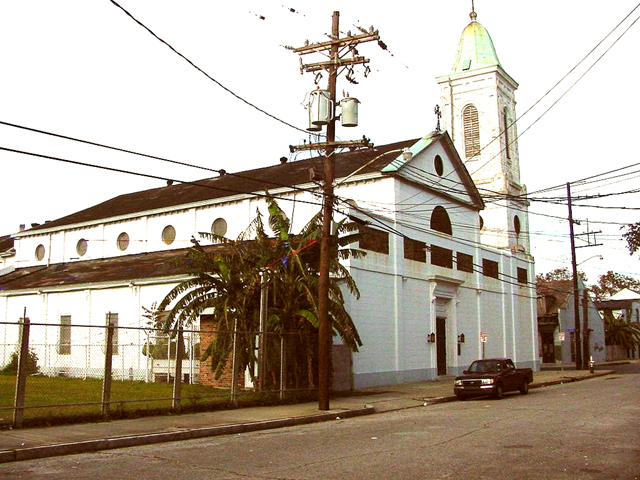
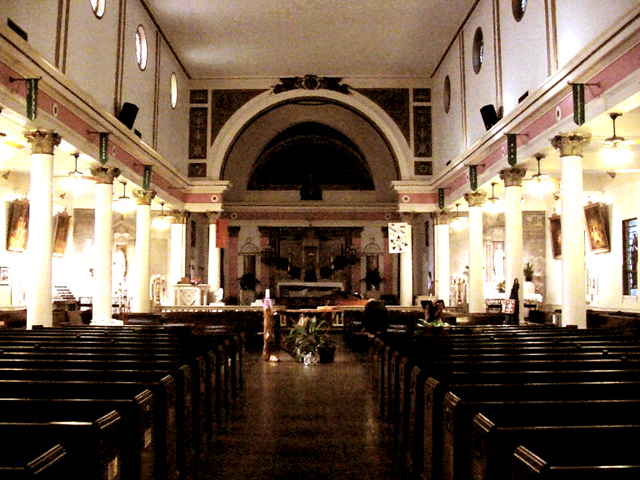
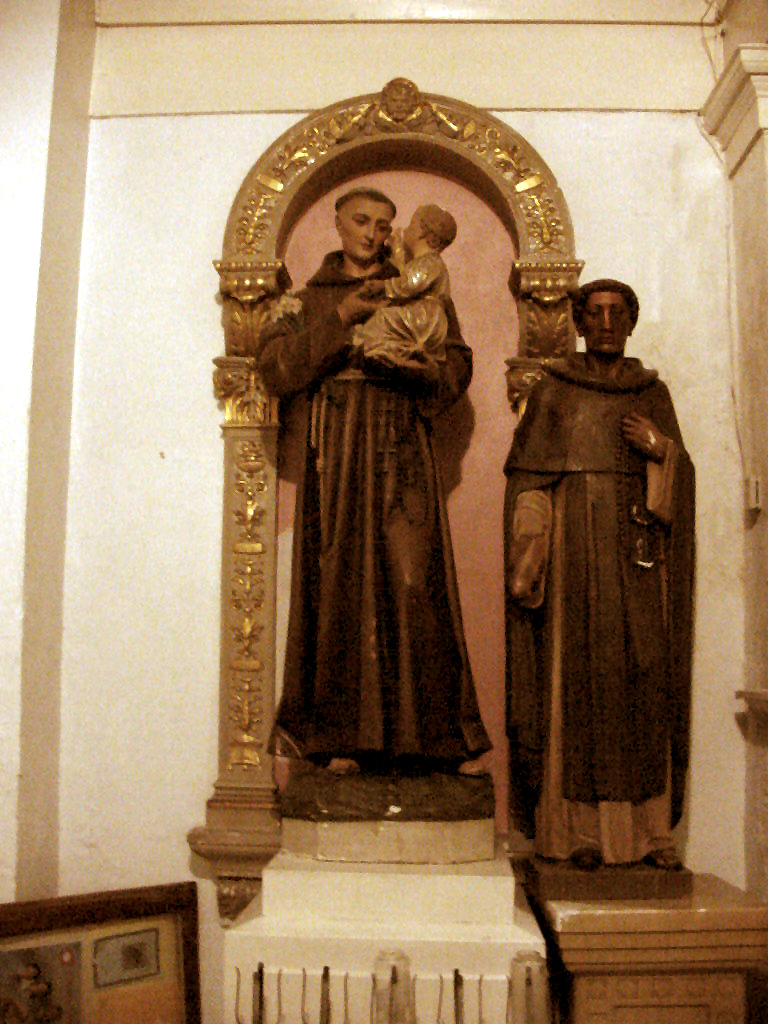
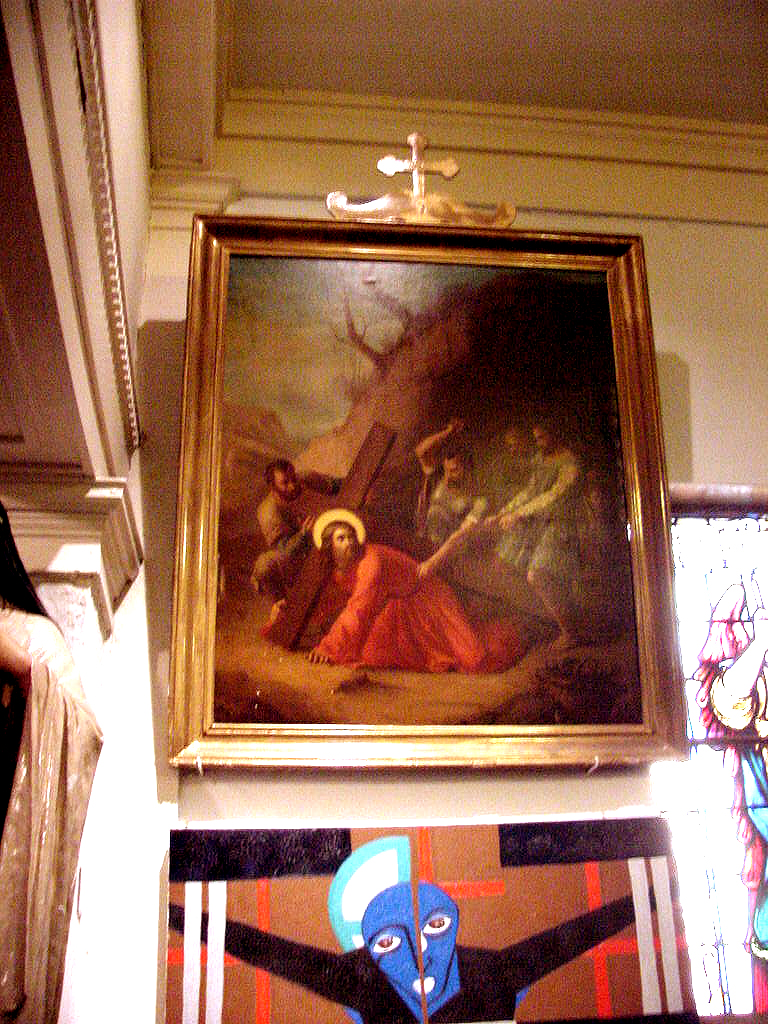
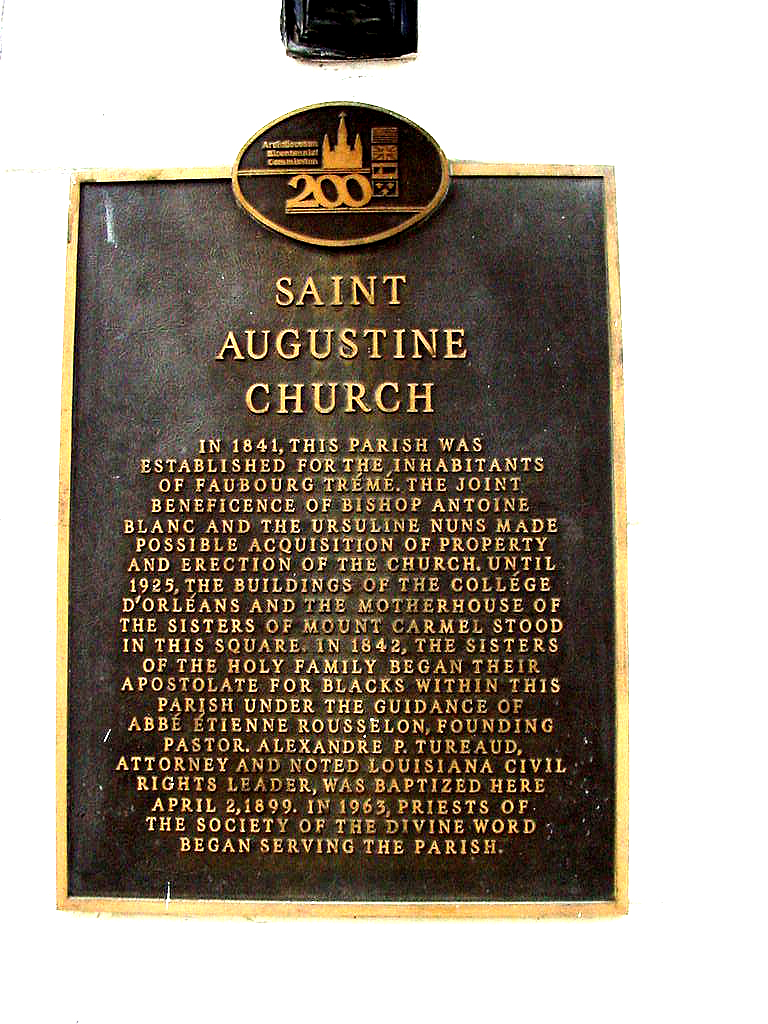
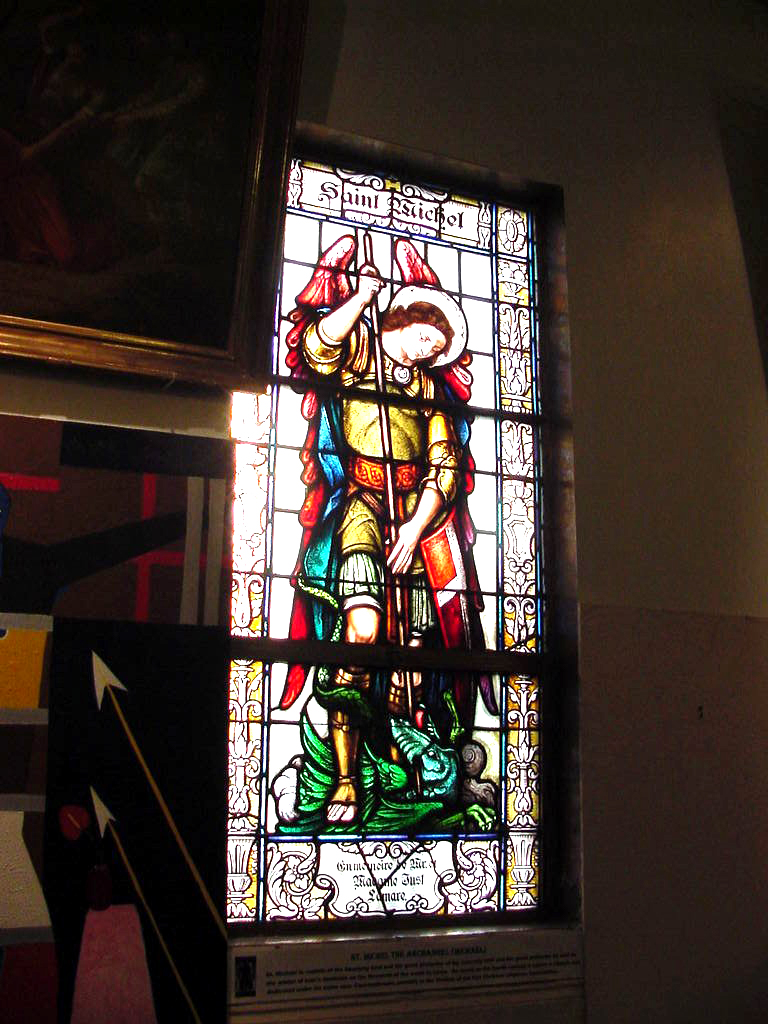
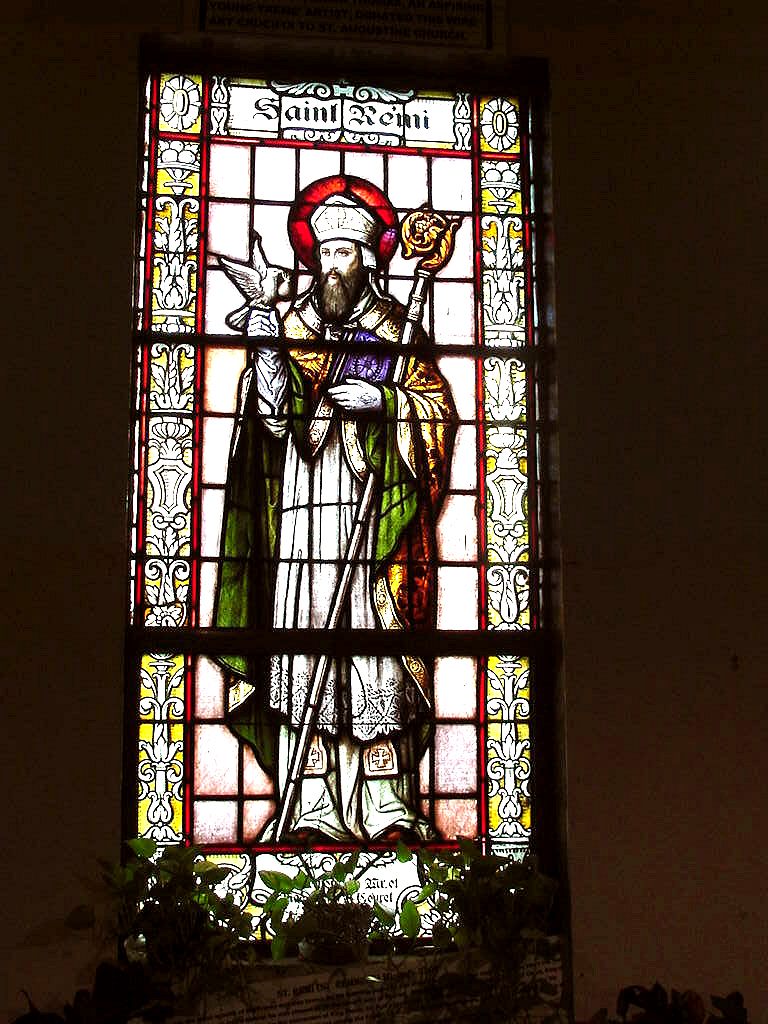
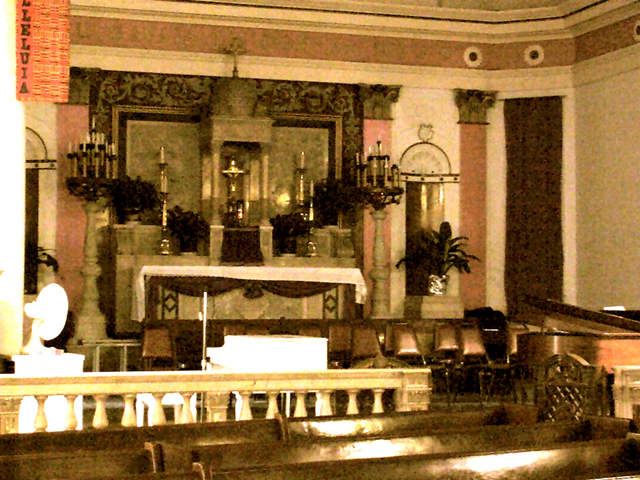
According to information contained in the OHS and OUSCDB databases, St. Augustine Church was once home to an 1840's Henry Erben pipe organ. The specification or the final disposition of that organ is not known at this time. If the organ were were still in existence today, that instrument would be the oldest recorded pipe organ in the State of Louisiana. Presently, the oldest documented organ in Louisiana is an 1850 Erben located in St. Michael The Archangel Church in Convent, Louisiana. The Erben firm was based in New York, and a number of their instruments were shipped via Mississippi River barges, to Louisiana and other southern cities.
At the time of our last visit in 2004, St. Augustine Church was using an Allen electronic organ, and the choir loft (shown below) showed no evidence of a previous organ installation.
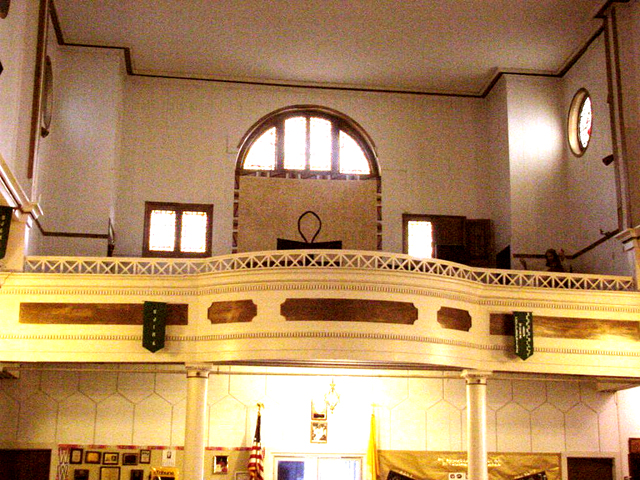
A personal message from the founder of NewOrleansChurches.com:
While I have always made it a policy to not editorialize or critique the historical information that is presented here on our site, or on other church related web sites that feature the same churches, in the case of this particular church I do feel a need to speak out on the matter of historically incorrect claims made, by some church and New Orleans historians, to the effect that St. Augustine's Church is, and always has been, an exclusively African-American parish.
As someone who, as a child, lived in the Esplanade and Treme areas of New Orleans, I was quite familiar with St. Augustine Church and its history throughout at least the second half of the Twentieth-Century. My parents and ancestors also lived in the Treme area of the city most of their lives. Because I have first hand experience and knowledge, I therefore believe that I have the credentials to speak somewhat to this matter.
As A child, my parents and I often attended Mass at St. Augustine Parish Church. While our parish at the time was officially St. Ann which was then located at 2127 Ursuline Avenue, most Catholics in New Orleans were well acquainted with neighboring parishes both because of the "nine church" rule that applied to Good Friday services, and to the fact that many of the parishes shared orders of nuns who taught in their schools, organists, and at times even altar boys. Additionally, Mass schedules varied between parishes, so families would occasionally opt to attend a neighboring church when events precluded them from attending their assigned parish.
Permit me to lay some foundation for my argument by stating that my parents and my ancestors were Caucasian, and were mainly of Italian descent. My mother and my father, who were both born in the second decade of the Twentieth-Century, were Baptized at St. Augustine Church. St. Augustine was, at the time, their family's assigned parish church. Their siblings likewise were Baptized at St. Augustine. My father, who was a first-generation American of Italian descent, received his first communion and early religious education there as well. In the 1930's when my father and uncle attended St. Aloysius College (High School) on Esplanade Avenue and North Rampart Street, St. Augustine was the church that the Brothers of the Sacred Heart utilized for large school assemblies, and the priests of St. Augustine, who were also exclusively Caucasian at the time, acted as chaplains, religious counselors, and administrators of the Sacraments to the students and faculty at St. Aloysius.
As a child, I can recall many instances where we attended Mass at St. Augustine, usually on Holy Days of Obligation, or in situations when we could not attend the 9 AM or 11AM mass that was offered at St. Ann's. Likewise, we also occasionally attended St. Rose of Lima and Our Lady Of The Sacred Heart parishes, which were in that same general area of the city, for the same reasons. On Good Fridays, Catholics in New Orleans regularly did penance by walking to nine churches in the area, making a visitation or "Way Of The Cross" at each parish church. Yes, it was not unusual in those days of predominantly Catholic New Orleans, to have nine Catholic Churches within walking distance of our homes. On Good Friday afternoon, we always included St. Augustine as one of the nine churches on our penitential circuit.
The point of this discussion is to present information that there exists substantial historical evidence of St. Augustine Church having not always been an exclusively African-American church, as is been claimed by many contemporary groups in the City today. My personal experience as a child attending church there in the early 1950's was that the congregation on any typical Sunday, was made up of substantially more people of the White race, than African-Americans. Furthermore, I can remember only Caucasian priests having been assigned to the parish through at least the 1950's.
Along that same line of thought, St. Peter Claver and Corpus Christi Parishes, which were in that same area, were accepted to be predominantly African-American parishes. I believe, although I may be mistaken, that those churches were also served by Caucasian priests of the Josephite Order, and that, possibly with some rare exceptions, most parish or diocesan priests in New Orleans were at the time Caucasian as late as possibly the 1960's. . Very few, if any white people ever attended St. Peter Claver or Corpus Christi in those days, so those two churches may have a legitimate claim to consider themselves "exclusively" African-American parishes. Neither of those churches, however, have the long historical background to be able to claim that they were established during Reconstruction, or that they were attended by "Free People Of Color" immediately following the Civil War, since neither parish was well established until at least the early part of the 20th. Century.
In closing, I want to clarify that St. Augustine Parish did play an important role in the religious and cultural lives of many New Orleans Catholics, including an impressive number of African-Americans from the Treme neighborhood, but to claim that St. Augustine has always been an African-American parish, or that it somehow was exclusive in setting the religious development of the city's African- American Catholic population, is simply a convenient re-writing of history. I was there, my parents and siblings were there, and I can personally attest to this.
John DeMajo,
Co-founder, NewOrleansChurches.com